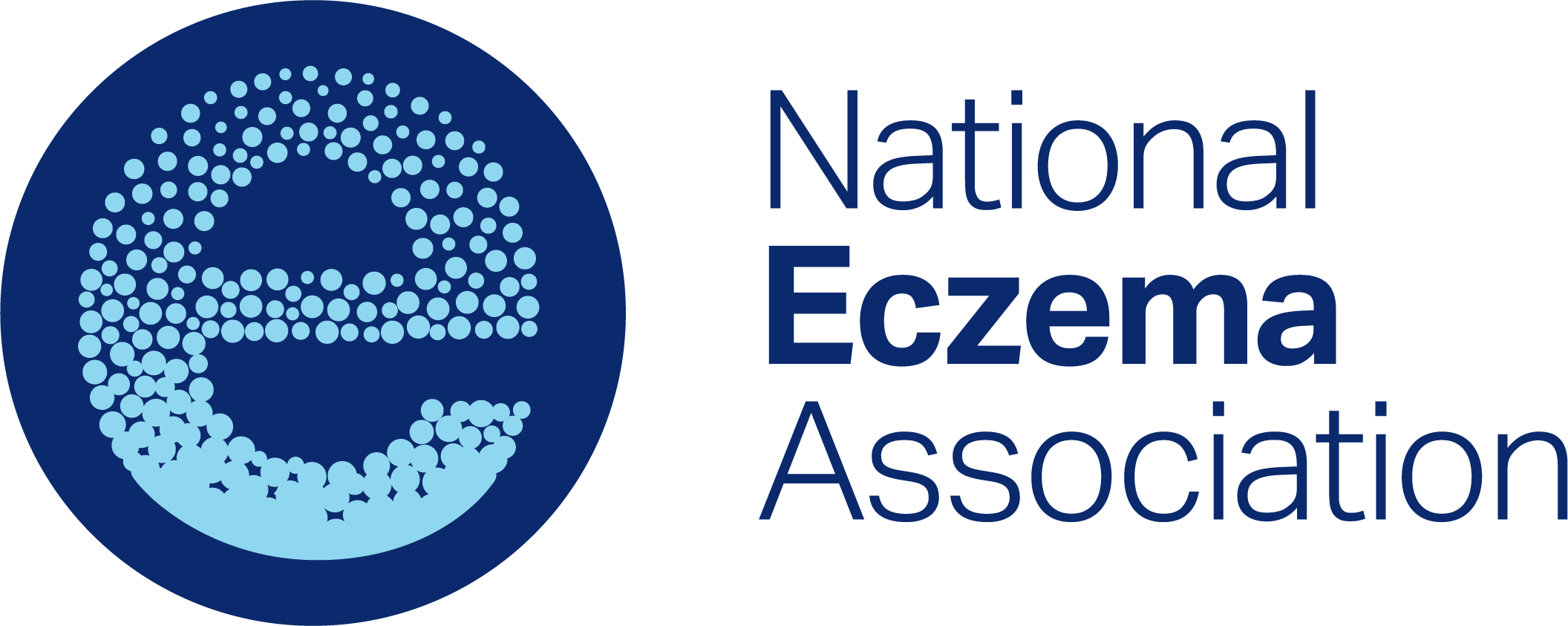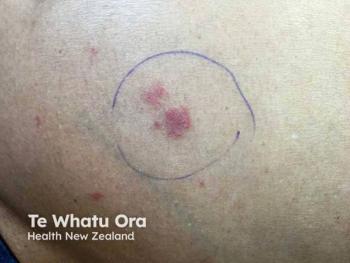
What Constitutes an AD Flare? A Patient Perspective

Atopic dermatitis flares are about more than just skin symptoms and are difficult to quantify, according to a study that asked patients to describe them.
Researchers in Canada and the US performed a study to determine how adult patients with atopic dermatitis (AD) define flares and to understand AD flares from a patient perspective.1
The researchers noted the term flare is commonly used in many dermatologic and nondermatologic conditions—such as asthma, rheumatoid arthritis, and lupus2—by both patients and health care providers to describe periods of increased signs and symptoms. But past attempts to define an AD flare included only limited patient input, they claimed.
“‘Flare is such a common term but one that is complex, with different meanings based on the lived experience,” co-author Wendy Smith Begolka, chief strategy officer of research, medical, and community affairs at the National Eczema Association, told Dermatology Times.
Also, the researchers wrote, “AD clinical research studies often cite flares as a measure of disease activity and to demonstrate efficacy of treatments, yet the term flare is defined differently across studies.”
For the study, which appeared in the British Journal of Dermatology, the researchers conducted 6 90-minute focus groups of 3-8 participants each from among of group of 29 US adult patients with AD who had had at least 1 self-reported AD flare in the past year.
When the participants were presented with examples of previously published definitions of AD flare, they found them “problematic and unrelatable,” the researchers wrote.
“Specifically, they felt that [the term] flare is hard to quantify or put on a numeric scale, [and] definitions cannot solely be about skin symptoms.” The patients’ “lived experiences” of flares did not align with the clinical verbiage describing flares, they noted.
Concepts the patients identified as important to a definition of flare were:
- changes from baseline or normal state
- mental/emotional/social consequences
- physical changes in skin
- attention needed/all-consuming focus
- itch-scratch-burn cycle
- control/loss of control/quality of life
Figuring out the trigger that initiated a flare was identified as an underlying concept of the experience of a flare, but the patients did not consider it a contributor to the definition.
The study findings suggest “a need for a patient-centered flare definition to support care conversations and AD management,” the researchers wrote.
Smith Begolka told Dermatology Times, “Our study highlights the importance of engaging the patient perspective in AD care. Health care providers need to look past clinical signs and symptoms on the skin to more deeply appreciate an AD flare from the patient perspective. This could include asking questions about flare frequency or severity in the context of a patient’s sense of their ‘baseline,’ mental health impacts, or amount of focus on AD in their daily life.
“Understanding and asking about an individual patient’s definition of a flare can improve communication and foster alignment on care choices and optimal AD management.”
References
- Dainty KN, ThibauIJC, Amog K, Drucker AM, Wyke M, Smith Begolka, W. Towards a patient-centered definition for atopic dermatitis flare: A qualitative study among adults with atopic dermatitis.British Journal of Dermatology. 2024;ljae037,
https://doi.org/10.1093/bjd/ljae037 - Rogers JL, Clowse MEB, McKenna K, et al. Patient and physician perspectives of systemic lupus erythematosus flare: a qualitative study. J Rheumatol. Published online December 15, 2023. doi:10.3899/jrheum.2023-0721
Newsletter
Like what you’re reading? Subscribe to Dermatology Times for weekly updates on therapies, innovations, and real-world practice tips.


















